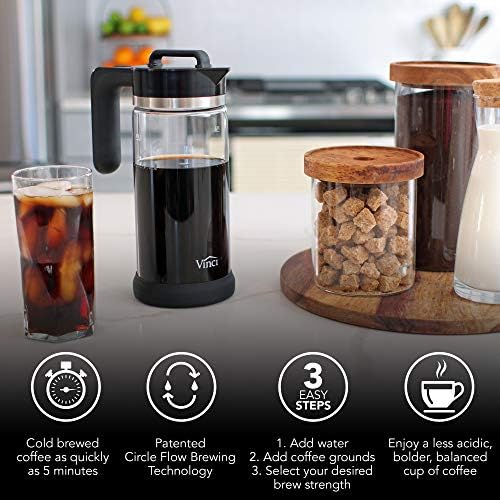From Bean to Cup: Understanding the Inner Workings of Espresso Machines
Espresso machines have become a staple in many homes and coffee shops around the world. They are an essential tool for creating the perfect cup of espresso, but have you ever wondered how they actually work? In this article, we will delve into the inner workings of espresso machines, from the bean to the cup, and provide you with a comprehensive understanding of how they operate.
The Basics of Espresso Machines
Espresso machines are designed to force hot water through finely-ground coffee beans, creating a concentrated and flavorful coffee beverage known as espresso. The process is achieved through a combination of pressure, temperature, and timing, all of which are carefully controlled to produce the perfect shot of espresso.
The Components of Espresso Machines
Espresso machines are comprised of several key components that work together to produce espresso. These components include:
- Boiler: The boiler heats the water to the optimal temperature for brewing espresso.
- Portafilter: This is the basket-like component that holds the coffee grounds and attaches to the machine.
- Pump: The pump generates the pressure needed to force the water through the coffee grounds.
- Grouphead: This is the component where the portafilter attaches and where the water is dispensed onto the coffee grounds.
The Brewing Process
When the espresso machine is in use, the following steps occur:
- The boiler heats the water to the desired temperature.
- The pump forces the hot water through the coffee grounds in the portafilter.
- The water is dispensed onto the coffee grounds through the grouphead, creating the shot of espresso.
FAQs
How often should I clean my espresso machine?
It is recommended to clean your espresso machine at least once a week to prevent the buildup of coffee oils and other residues that can affect the flavor of your espresso.
What is the optimal brewing temperature for espresso?
The optimal brewing temperature for espresso is typically between 195°F and 205°F, as this range allows for the extraction of the best flavors from the coffee beans.
How does the grind size of the coffee beans affect the quality of the espresso?
The grind size of the coffee beans can greatly impact the quality of the espresso. A fine grind will result in a stronger, more flavorful shot of espresso, while a coarser grind will produce a milder flavor.
What is the role of pressure in brewing espresso?
Pressure is essential for extracting the flavors and aromas from the coffee beans. The ideal pressure for brewing espresso is around 9 bars, which is the standard pressure used in most espresso machines.
“All images and products featured on this Blog.troca.cafe are the property of their respective owners. All rights to these materials are acknowledged and reserved.”
